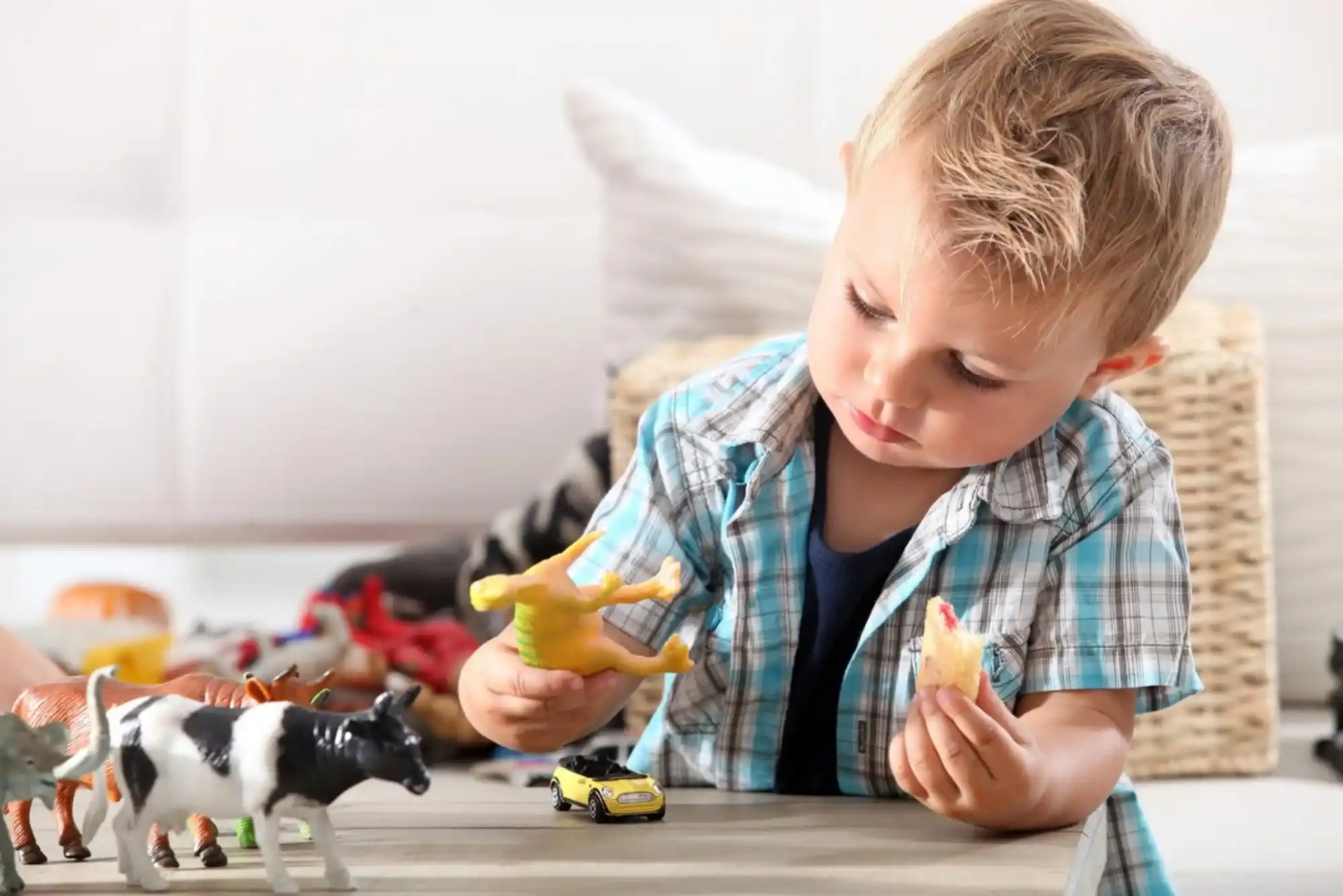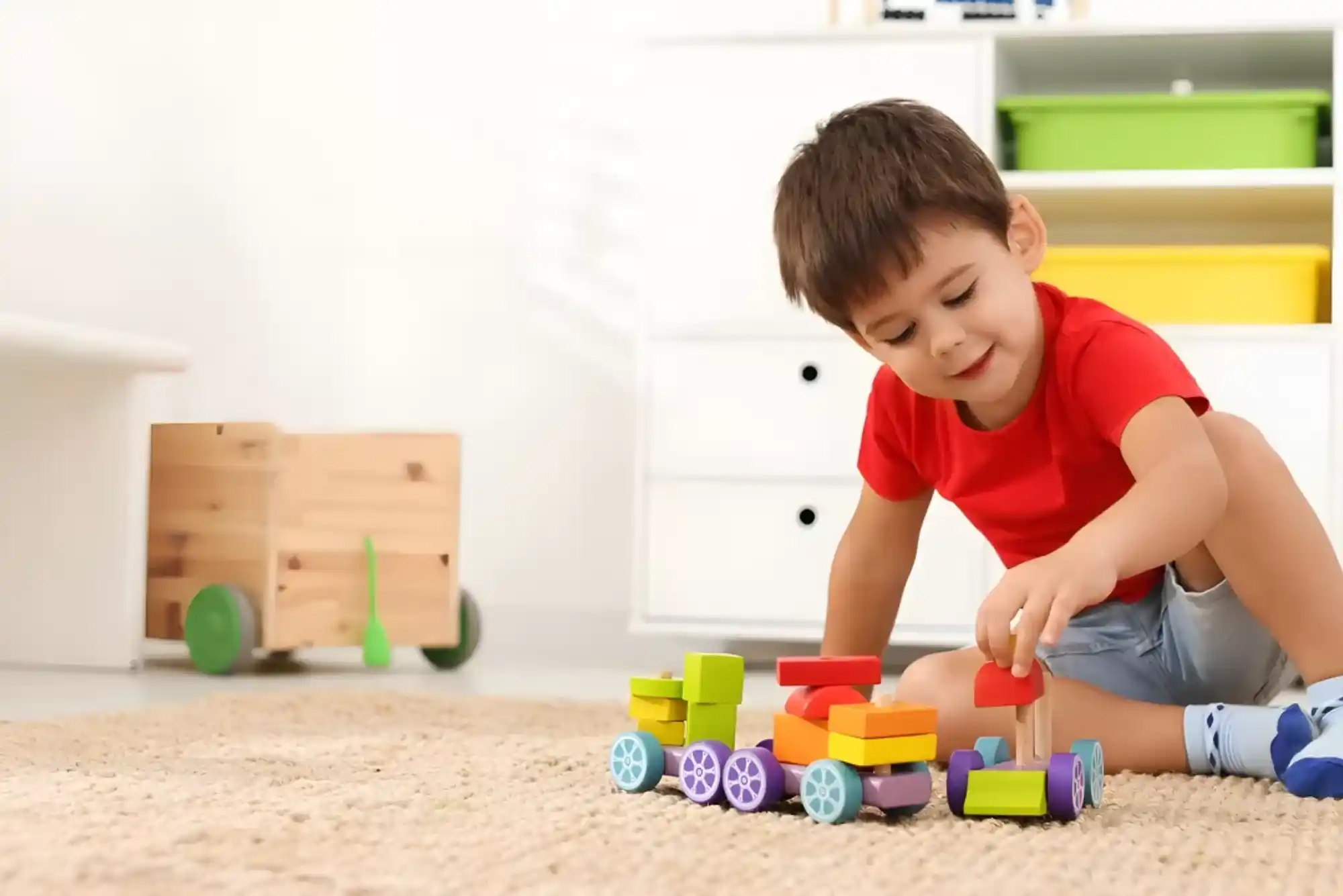The Amish community is known for its traditional lifestyle, rejecting modern conveniences such as electricity, cars, and electronic devices. This adherence to simplicity extends into every facet of their daily lives, including how children play and develop. However, one question often arises: Do Amish kids play with toys? The answer involves a nuanced understanding of the Amish culture, beliefs, and attitudes toward childhood.
The Role of Play in Amish Communities
In Amish households, play is seen as an essential part of childhood, but it is expected to align with the values of simplicity, modesty, and community living. Although children are encouraged to enjoy their childhood, Amish parents prefer that playtime activities reflect traditional family values. This means that while Amish kids do play with toys, these toys are typically designed to foster creativity, responsibility, and group interaction rather than individual competition or materialism. Do Amish kids play with toys? Yes, Amish children do play with toys, but these toys are vastly different from those seen in mainstream culture. The Amish embrace simplicity, and their children’s toys reflect this value. Amish kids often play with handmade wooden toys, faceless cloth dolls, and miniature farm sets that foster creativity and practical skills.
Types of Toys Amish Kids Play With
Amish children do not engage with electronic gadgets or high-tech toys common in mainstream society. Instead, their toys are often handmade, either by family members or within the community. The types of toys Amish kids play with include:
Wooden Toys
Wooden blocks, cars, trains, and animal figurines are common toys. These toys are not only durable but also promote imaginative play.
Dolls without Faces
Amish dolls are typically made from cloth and are often faceless. This choice reflects the belief in humility and equality, as it avoids emphasizing individual identity or vanity.
Miniature Farm Sets and Wagons

Since many Amish families engage in farming, children often play with small-scale replicas of farm equipment. These toys introduce them to the lifestyle and responsibilities they may adopt as adults.
Board Games and Puzzles
Board games encourage family interaction and teach problem-solving skills. They are used more during colder months when outdoor play is limited.
The Purpose of Amish Toys
The toys Amish children play with are not just for entertainment. They serve specific cultural and developmental purposes. These include:
Encouraging Practical Skills
Many toys, like farm sets or sewing kits, help children practice skills they will need in adulthood. Play becomes an extension of learning daily tasks.
Fostering Creativity and Imagination
With simple and unadorned toys, Amish kids rely on their imagination to create scenarios during playtime. This approach nurtures creative thinking without the distractions of flashy or noisy toys.
Promoting Social Interaction
Since toys are often shared among siblings and other children in the community, playtime strengthens social bonds. This fosters teamwork, communication, and cooperation from a young age.
Avoiding Competition and Individualism
Competitive games are generally discouraged. Amish toys promote unity and cooperation rather than rivalry. The emphasis on community living is reflected even in the children’s play activities.
How Amish Children Play Without Modern Toys
Though the Amish lifestyle excludes modern toys, children engage in a wide range of activities to keep themselves entertained. Outdoor play plays a significant role in their upbringing. From running through open fields to playing tag and hide-and-seek, Amish kids enjoy a connection with nature that many modern children might not experience. Activities like fishing, gardening, or tending to animals are also part of their routine, blurring the line between play and work.
During the winter months, indoor activities such as reading, storytelling, and family game nights become more common. While the absence of television or video games may seem limiting to outsiders, Amish children find fulfillment in these simpler forms of entertainment.
Parental Influence on Playtime
Amish parents take an active role in guiding their children’s play activities. They encourage children to spend time outdoors and participate in chores, as these activities are viewed as valuable for character development. The toys Amish children play with are often aligned with their future responsibilities, teaching them the importance of hard work and discipline.
Parents may also limit playtime to ensure that children do not become overly attached to toys. The Amish belief system emphasizes that material possessions should not become central to one’s life. By encouraging moderation in play, parents help their children maintain a balance between work, leisure, and spiritual growth.
Gender Roles in Amish Toys and Play
Though the Amish community maintains traditional gender roles, boys and girls both engage in various forms of play. Boys may gravitate toward toy tools, wagons, and farm sets, while girls often play with dolls, sewing kits, and miniature kitchens. However, these roles are not strictly enforced, and children are free to engage with a variety of toys and activities.
Additionally, from a young age, Amish children are expected to assist with household chores according to their gender. Boys may help with farming tasks, while girls assist with cooking and cleaning. This division of responsibilities is mirrored in their play, preparing them for their future roles within the community.
The Social Impact of Amish Playtime
The communal nature of Amish life extends to children’s playtime. Play often takes place in groups, either among siblings or with other children in the community. This encourages Amish kids to develop strong social skills, such as empathy, patience, and cooperation. Since children do not attend public schools but instead go to one-room schoolhouses within the community, their friendships tend to be lifelong and rooted in shared values.
Social play also provides an opportunity for older children to guide and mentor younger ones. This dynamic reflects the Amish emphasis on community responsibility, where every member contributes to the well-being of others.
How Amish Values Shape Childhood Experiences
The toys Amish kids play with, as well as their playtime activities, are shaped by core values such as humility, simplicity, and community spirit. Play is not considered a way to indulge in materialism but rather a tool for learning and bonding. Toys are kept simple to avoid fostering envy or greed. Even celebrations such as birthdays or Christmas, while acknowledged, are low-key events without an excessive focus on gift-giving.
This focus on simplicity means that Amish children learn to appreciate what they have rather than constantly seeking new possessions. As a result, they grow up with a deep sense of gratitude and contentment, qualities that are integral to the Amish way of life.
So, do Amish kids play with toys? Yes, they do, but these toys reflect the values and principles of Amish culture. Handmade dolls, wooden blocks, and miniature farm sets are just a few examples of the toys they enjoy. These toys encourage creativity, practical skills, and cooperation while avoiding competition and materialism. Playtime for Amish children is not just about fun—it is an extension of their upbringing, helping them develop into responsible, community-oriented adults.




